Simba…
Obviously, I’m not the only one who has issues with identity—I’ve got you, Simba—but considering recent life events, I had to roll my eyes a little when this week’s reading in It was Good Making Art to the Glory of God reminded me, once again, of my most recent struggles with self-discovery. It isn’t like current life events hadn’t painfully and directly reminded me of this for the past week multiple times over…
Um… Yeah…
Abstract angst and irony aside, I found this one of the more interesting topics we’ve covered in class. This idea written in It was Good by Theodore Prescott stood out to me:
“Thinking about our own identities is particularly difficult for us, because we possess such clouded self-knowledge. As Walker Percy points out at the beginning of Lost in the Cosmos, ‘it is possible to learn more in ten minutes about the Crab Nebula in Taurus, which is 6,000 light years away, than you presently know about yourself, even though you’ve been stuck with yourself all your life.” (330)
This is certainly my experience.
Yet, America is incredibly identity focused. We have to know who we are. We brand ourselves. We join groups who claim to be one thing versus another. For me, solidity of identity has been difficult. I don’t know who I am. How am I supposed to tell you who I am?
According to a news article on Trinity Western University’s website, identities used to be a concern only of the fringes of American culture. Artists would consider and challenge them. Artists aren’t satisfied leaving established identities alone. The article says, “When we see identity as static, we paint people with stereotypes and do not see them for who they are. Art is one way to challenge static notions of identity by engaging the viewer in narratives that are unfamiliar to them, and that challenge their previously held notions.”
We need alternate views, challenges to our established perspectives of self, in order to develop healthy identities. Maybe settling isn’t the best course. I know without constant challenges to my identity, I would not be able to create a stronger version of myself, consciously choosing something better.
Recently, my favorite tidbit about identity is what Tim talked about in class recently: a study done with kids who play instruments. I thought this study truly revealing. A group of kids were asked how long they would play their instruments. Some would say a certain number of years, but the ones who would go on to become musicians or would continue playing their instruments into adulthood were those children who claimed they would play all their lives because they wanted to be musicians. Their identity was determined by their conviction. It was their decision. They changed to achieve something.
People underestimate how much their choices and thoughts affect who they are. I know even a single thought can make or break you. I also know, although it is difficult, we can deliberately choose our thoughts and shape our minds. We can choose who we are. Make change deliberate.
But, I think it’s very easy to succumb to our “identity” instead of shaping it, becoming stagnant.
Here’s a neat video that relates to this. Go to the original site for the script.
***
On Vimeo, the makers of this video wrote in the description:
“When your identity is boiled down to what you can do, what you have, and who others say you are, what happens to you? Do you drift off into mere shadow and lose touch with reality? Do you fall into a constant flux of emotions, moving from depression to elation? Or do you fight in this return journey home and search for that still small voice that calls you the beloved? Does this journey end, or is this a continuous cycle as you repress your self righteousness and seek humility?”
There’s a lot to consider in the journey of self discovery. But, being beat on the head over and over again with the question—who are you?—I’ve stopped acting like my identity is some mystical thing.
Maybe someday I’ll figure out who I am. It’ll just hit me someday. Someday…
I am meant to choose who I am. It isn’t some mystical thing. It isn’t something I have to wait to discover. It isn’t something another person defines for me.
Identity is my choice, not my crisis.
And I am an artist.
Sources linked/cited in text.
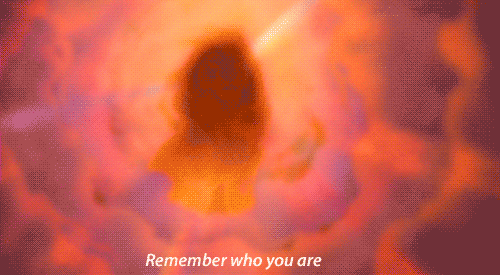




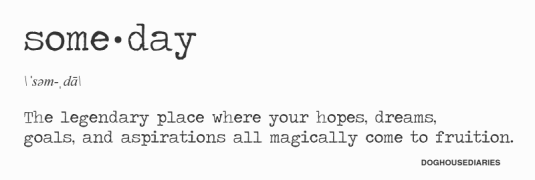
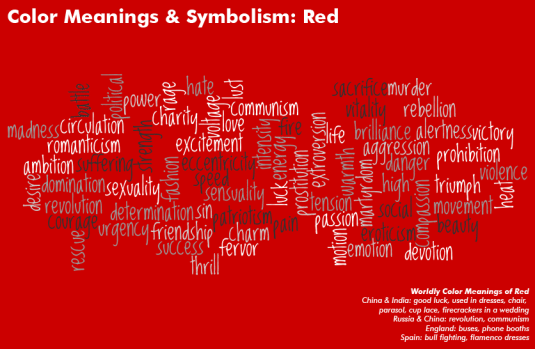




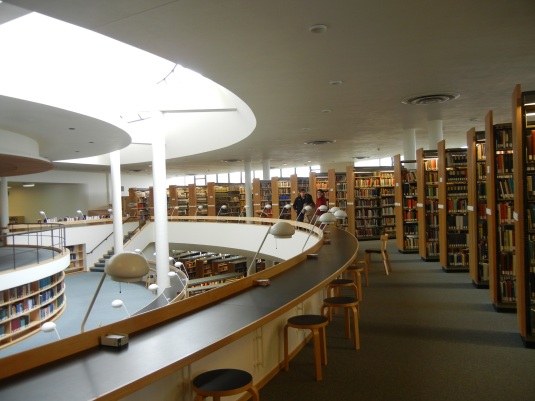
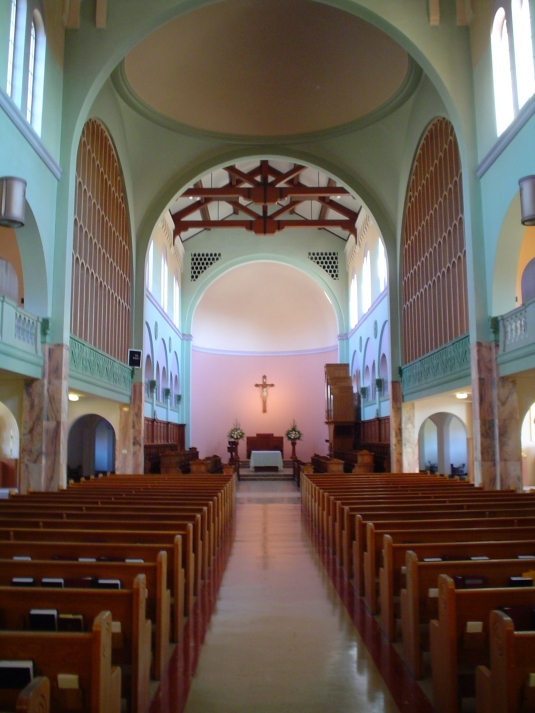





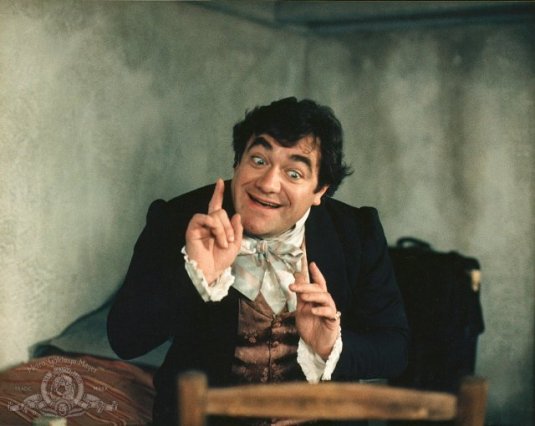

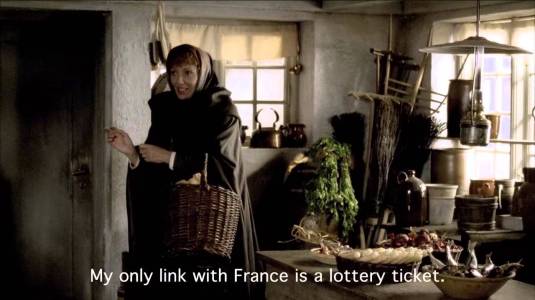























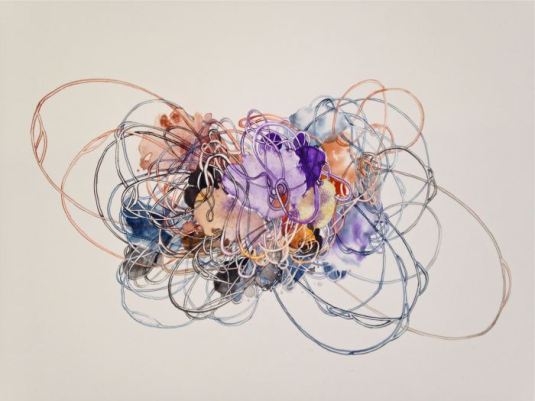




Recent Comments